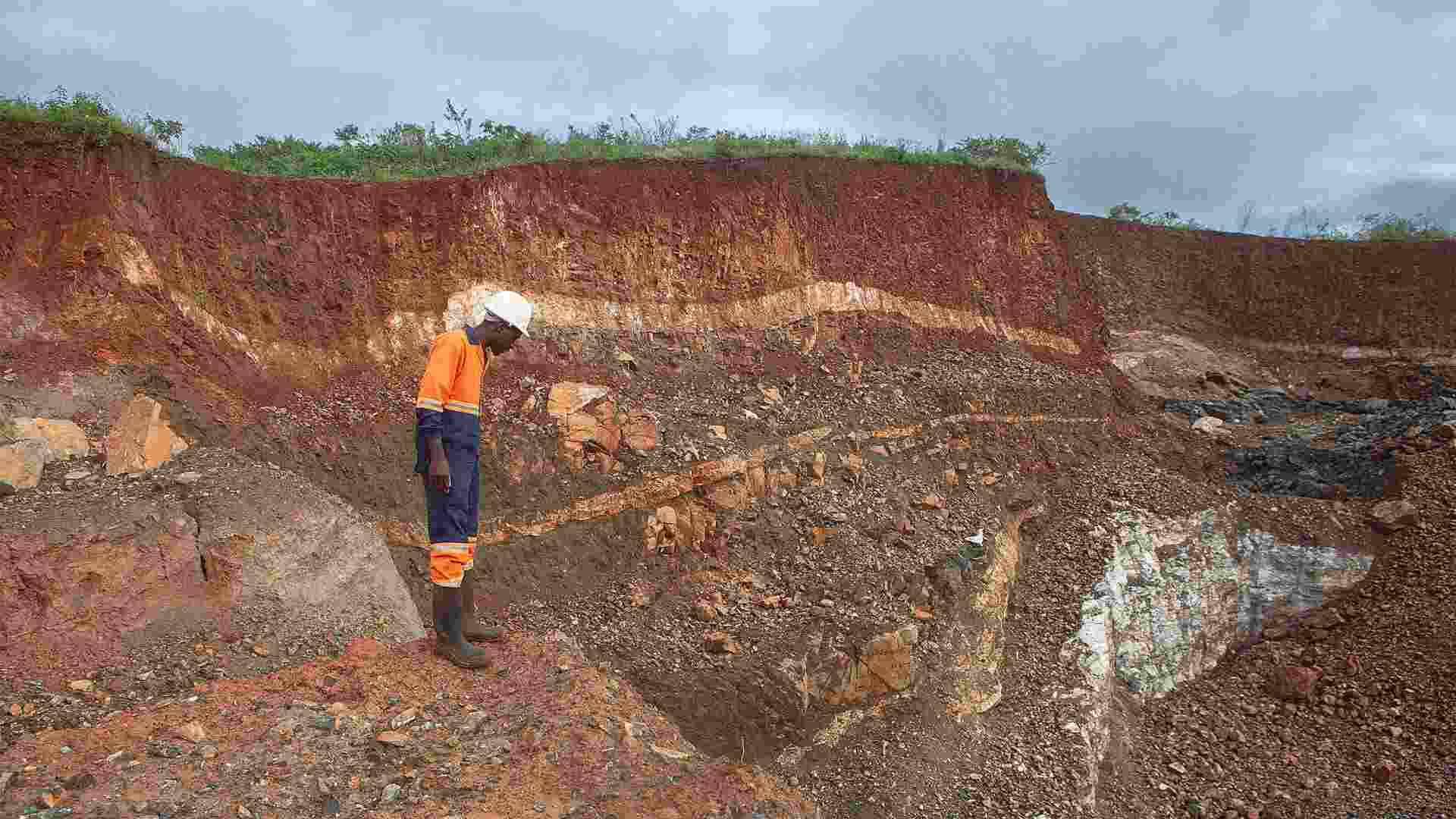- | 9:00 am
Why don’t we pay people a basic income to conserve nature?
A conservation basic income would be costly—but it would be a shrewd investment to safeguard our natural world.

Imagine if governments were to simply transfer money, unconditionally, to people living in or using key conservation areas throughout the world, from Indigenous people in the Amazon rainforest to cattle herders roaming the plains of East Africa or fisherfolk living in coastal Indonesia. This is the conservation basic income, or CBI, a recent proposal modeled on the popular concept of a universal basic income.
We have calculated that a global CBI would cost at least $351 billion each year, and maybe as much as $6.73 trillion. Our research is published in the journal Nature Sustainability. Either way, it’s an enormous figure, considerably more than the roughly $133 billion that governments currently spend on conservation each year.
However, considering these payments could safeguard the estimated $44 trillion in global economic production that is dependent on nature, it would represent a shrewd investment in safeguarding our natural world.
JUST, EQUITABLE, AND SUSTAINABLE
Conservation strategies typically involve establishing protected areas or generating income through tourism or carbon storage. But these top-down schemes often impose substantial costs on Indigenous people and local communities, and they often don’t provide enough revenue to replace lost livelihoods, or offer adequate alternatives to the extractive industries that sustain overconsumption in developed nations.
There are good reasons to think a conservation basic income is a good idea and would make things more just, equitable, and sustainable. For instance, unconditional cash payments could help people to improve their lives in a way that is aligned with their own worldviews, while alleviating poverty traps that often force them to overexploit wildlife and other natural resources.
Similarly, payments could enable residents to resist expropriation of their lands, or having to grow cash crops for exports or sell their labor to destructive industries. It could also free up time for community activism and social participation, strengthening local institutions and decision-making. All of this could reduce the sway of populist politics and manipulation by extractive industry and could help rebalance the historic drain of resources from the global south.
EXPENSIVE . . . BUT VALUABLE
So we knew that CBI has some promise—in theory. But we wanted to know how much it might cost. And to do that, we’d have to estimate how many people might receive payments, and how much they’d each receive.
At its least ambitious, covering only the most key biodiversity areas, we estimated a CBI would mean paying around 232 million people worldwide. A more ambitious plan, covering all existing protected areas, would affect 318 million people, of which 238 million are in low- and middle-income countries, including 70 million in China alone. A much more comprehensive CBI, covering the 44% of the Earth’s surface required to safeguard all biodiversity, would mean payments to an astonishing 1.6 billion people.
We considered a few plausible payment rates. The first was a flat payment of $5.50 per person per day, regardless of the country they were in. That figure was chosen as it is considered a global poverty threshold. The second involved paying people 25% of their country’s per capita gross domestic product.
The third involved paying the poverty line for that country’s income group (that is, $1.90 per day in a low-income country, or $3.20 in lower-middle-income countries, $5.50 in upper-middle-income countries, and $21.70 in high-income countries).
When we applied these different payment rates to the various population estimates, we generated a range of possible costs. That’s why, depending on the areas and payment rates chosen, we estimate a conservation basic income could cost between $350 billion and $6.73 trillion per year.
One middle-of-the-road option would be to pay $5.50 per day to residents of existing protected areas in low- and middle-income countries: That would cost $478 billion each year.
Again, this is a huge number. But it is well within the amounts that conservationists assert is necessary to effectively protect nature around the world, and less than the up-to-$500-billion governments are estimated to spend on subsidizing harmful industries each year.
WILL IT WORK?
We know roughly what a global CBI would cost, but we still need some evidence that it would actually work. Locally led pilot schemes are therefore an important next step and should help shed light on issues that could arise in implementation. For example, would the payments induce migration into conservation areas? Or how can schemes be inclusive of non-resident resource users or migratory populations, such as the livestock herders of Central Asia?
Excitingly, there are already proposals for CBI schemes in several locations. In Indonesian New Guinea, one of the most biodiverse, yet also poorest, regions in the world, a recent report highlighted that a basic income scheme could be generated through dividends from sales of carbon credits (bearing in mind their limitations as well), with revenues estimated at $173 billion annually, providing each adult with around $180 monthly.
Evidence from other cash-transfer programs is promising. For example, across Indonesia, a country with vast tropical forests, unconditional payments to hundreds of thousands of the poorest families also reduced deforestation.
A recent survey found that conservationists themselves like the idea of a CBI. We believe it is time to test the conservation basic income at a bigger scale.
This article is republished from The Conversation under a Creative Commons license. Read the original article.






































